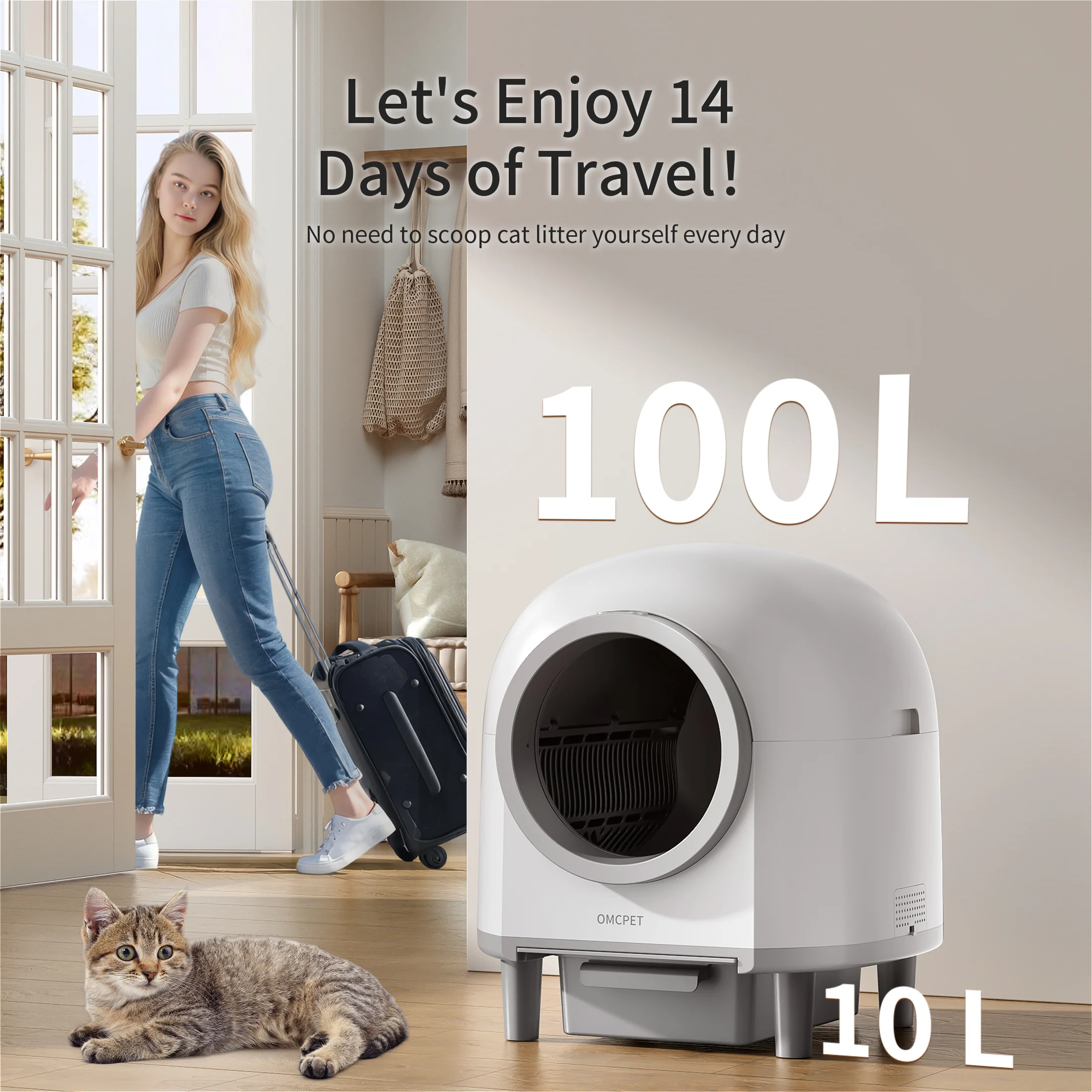.png)
Poodles are more than just a fancy hairstyle and elegant demeanor. Behind the well-known curls is a breed family that boasts intelligence, loyalty, and adaptability. Available in three official sizes—Toy, Miniature, and Standard—each type offers unique benefits while sharing the breed's core characteristics.
How Many Types of Poodles Exist?
Although often associated with France, poodles actually have their origins in Germany. Their name comes from "pudelin," which means "to splash," a nod to the breed's history as water retrievers. Among the many variations and hybrids seen today, the American Kennel Club (AKC) officially recognizes three primary sizes:
-
Toy Poodle
-
Miniature Poodle
-
Standard Poodle
Other variants such as the Moyen (or Klein) Poodle and Teacup Poodle are acknowledged in other countries or among enthusiasts, but they are not officially recognized by the AKC.
Toy Poodle
Toy poodles are the smallest version of the breed, standing no more than 10 inches tall and weighing between 4 and 6 pounds. Originally bred for companionship, these tiny dogs are perfect for apartment living or homes with limited space.
Despite their small stature, toy poodles are highly alert and quick learners. They form strong bonds with their human companions and enjoy interactive games, though their tiny frame makes them more delicate than larger poodles. They need mental stimulation and prefer not to be left alone for long periods, as separation anxiety can be common.
Miniature Poodle
Sitting between toy and standard poodles, miniature poodles stand about 10–15 inches tall and weigh around 10–15 pounds. This size offers a balance between manageable size and increased robustness.
Miniature poodles are active, sociable, and respond well to training. They make excellent pets for families, singles, or seniors. They enjoy outdoor adventures just as much as cuddle time on the couch. Their intelligence and responsiveness also make them suitable candidates for obedience or agility training.
Standard Poodle
Standard poodles are the largest of the breed, with heights ranging from 18 to 24 inches and weights between 50 to 70 pounds. Originally bred as water retrievers, these dogs are athletic and excel in many physical activities.
Standard poodles thrive on mental and physical challenges. They benefit from active households where they can participate in games, swimming, hiking, or advanced training. Despite their larger size, they retain the affectionate and sensitive nature that defines the poodle breed.
Appearance and Coat
All poodles share a curly or wavy coat that requires regular grooming. Their hypoallergenic reputation comes from low shedding, making them a popular choice for people with mild allergies. Coat colors range from black, white, and cream to more exotic hues like apricot, chocolate, and silver.
The traditional poodle haircut, while iconic, was originally designed to aid their mobility in water while protecting joints from the cold. Today, owners often choose simpler grooming styles that are easier to maintain.
Health Considerations by Type
While poodles are generally healthy, each size has specific health concerns:
-
Toy Poodles: Susceptible to patellar luxation, tracheal collapse, and Legg-Calve-Perthes disease. They live an average of 10–18 years.
-
Miniature Poodles: May face issues such as epilepsy, progressive retinal atrophy, and Cushing's disease. Their lifespan is also around 10–18 years.
-
Standard Poodles: Prone to hip dysplasia, Addison's disease, and gastric dilatation-volvulus (bloat). Their lifespan averages 12–15 years.
Veterinary checkups, balanced diets, and an active lifestyle can help mitigate these risks.
Temperament and Training
Poodles are consistently ranked among the most intelligent dog breeds. Their eagerness to please and high trainability make them ideal for obedience training, trick learning, and dog sports.
-
Toy poodles are affectionate lap dogs who love being the center of attention.
-
Miniature poodles are energetic and adaptable, thriving in various living conditions.
-
Standard poodles are athletic and devoted, needing both mental and physical exercise.
Regardless of size, socialization from a young age is important to prevent nervousness or excessive barking.
Living Needs
Toy and miniature poodles fit well into smaller homes and apartments, though they still require daily exercise and interaction. Standard poodles need more space and are better suited to homes with yards or access to outdoor areas.
All poodles need mental stimulation, social time with their humans, and consistent routines. Because of their sensitive nature, they respond best to positive reinforcement.
Final Thoughts
No matter the size, poodles are lively, loyal, and loving companions. Whether you choose the diminutive toy, the versatile miniature, or the dignified standard, you're gaining a smart and devoted member of the family. With proper care, training, and affection, a poodle will enrich your life for many years to come.

.png)


















